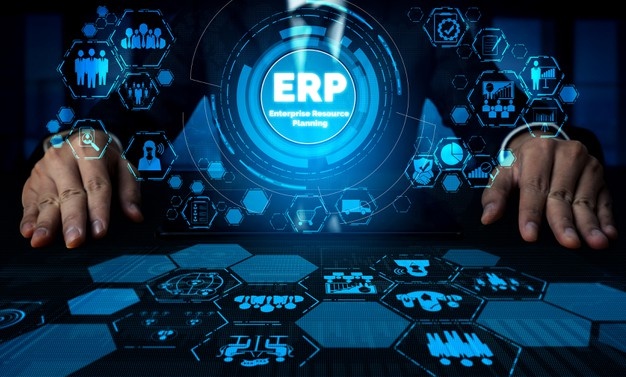
Businesses today realize the benefits of P2P technologies and ERP solutions to optimize the procurement processes. If your business is integrating cloud solutions into the systems and processes, you might have considered implementing eProcurement. eProcurement allows you automation and centralization like never before while complying with the industry regulations. However, you should also realize that this comes with a price. In fact, there are many challenges that businesses face when they try to successfully implement eProcurement software solutions. So without further ado, let’s take a look at the two potential challenges in eProcurement and how to avoid them!
1) Failure to Integrate eProcurement with Existing ERP SolutionsTo reduce the hassles associated with integrating procurement software, businesses implement cloud bases solutions with P2P solutions to allow them to save time and effort from onsite installations. As these cloud solutions are generally hosted as a service and maintained that way, the costs that are associated with upgrading software in the long run can be dramatically reduced. On paper at least, cloud based solutions can allow you to streamline and standardize the processes in a business, which makes integration with procurement solutions easy. However, this is not the case, as many SaaS solutions have strict requirements for integration with ERP solutions. Hence, it is crucial to consider the solutions that can provide standardized integration which can account for efficient integration. In the long run, the integration adapters will be certified to employ in ERP solutions when they are upgraded.
In addition to that, P2P solutions allow you to cut down on the labor intensive and manual work of keeping and maintaining the supplier related activities and catalog information up to date. This is possible as eProcurement allows centralization of data, helping you to manage indirect spend catalogs, Materials Management (MM), Plant Maintenance (PM), and integration of all these systems with the ERP to provide real time synchronization.
2) Failure to Onboard and Batch Supplier SupportProcurement solutions that allow us to onboard all the suppliers in batch deployment provide us with greater scalability in supplier enablement. To achieve this, your business should capitalize on the centralized hub and must connect the buyers and suppliers. The supplier connection is generally made from integration or through web portals that connect via the hub. Hence, network providers of your business will take the burden of finding out the suppliers that should be enabled through web portals and the suppliers that should be enabled through direct integration. This allows you achieve batch on-board enablement in a matter of months, while other companies may take years to achieve this.
ConclusionWhile there are other challenges that a business may face with implementing eProcurement solutions, they can’t be contributed to the limitations in the software. You must realize that efficient procurement solutions can help in supporting the complete supplier network, which makes it easy to use and manage for you and the suppliers. Procurement solutions can save you from considerable expenses down the road. All it takes is a little management and avoiding the common mistakes in implementation.

